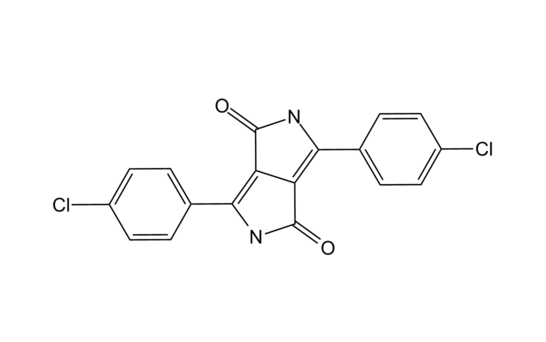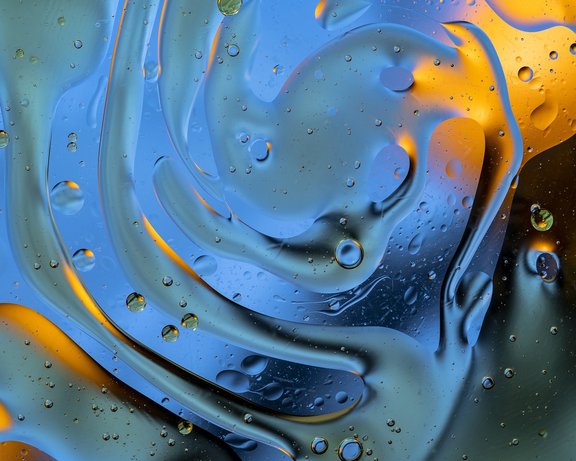High Performance Pigments with NITRALZ®

In the production of various lacquers and emulsion paints or in the colouring of plastics, pigments or colourants must be highly resistant to light, weather, solvents and chemicals. To meet these requirements, our NITRALZ® products are used, among other things, as intermediates for a wide range of high performance pigments (HPP).
Nitriles for Diketopyrrolopyrrol pigments (DPP)
We offer you a broad product portfolio for the production of your Diketopyrrolopyrrol-Pigments (DPP Pigments), which are suitable for formulations with the highest quality requirements.
| NITRALZ® | CAS Nr. | used for the production of | Specification |
|---|---|---|---|
| Benzonitrile | 100-47-0 | Pigment Red 255 (PR 255) | ≥ 99,6% |
| 4-Brombenzonitrile | 623-00-7 | orange-red | ≥ 99,0% |
| 3-Chlorbenzonitrile | 766-84-7 | orange-red | ≥ 99,0% |
| 4-Chlorbenzonitrile | 623-03-0 | Pigment Red 254 (PR 254) | ≥ 99,5% |
| o-Phthalodinitrile | 91-15-6 | Pigment Yellow 139 (PY 139) Pigment Yellow 185 (PY 185) | ≥ 99,5% |
| o-Phthalodinitrile | 91-15-6 | Phthalocyanine Blue 15 (PB 15) Phthalocyanine Green 36 (PG 36) Phthalocyanine Green 7 (PG 7) | > 99,5% |
| 4-tert.-Butylbenzonitrile | 4210-32-6 | Pigment Orange 73 (PO 73) | ≥ 98,0% |
| 4-Tolunitrile | 104-85-8 | Pigment Red 272 (PR 272) | ≥ 98,5% |
Nitriles in the production of phthalocyanines
Our o-Phthalodinitrile (OPN) can also be used for the production of Phthalocyanines. It has a very high purity and is characterized by low impurities and metal content. Using OPN instead of the route using phthalic acid anhydride brings the following advantages in producing phthalocyanine pigments:
-
More brighter and brilliant pigments
- Only one reaction step is required
- Direct synthesis with very little formation of by-products and waste water. The structure of the Phthalocyanine is already preformed in the o-Phthalodinitrile
- Economic advantages: Via the PSA route there is only a yield of around 80% and so many by-products have to be disposed of
How DPP pigments are created
Some of the aromatic nitriles are used to manufacture organic pigments, diketopyrrolopyrroles (DPPs). They are obtained through the condensation of two molecules of nitrile with dimethyl succinate. Depending on the substitution pattern they create yellow, orange, orange and red color pigments. The pigments are used in automotive paints, to dye plastics, in emulsion paints and others. The best-known is certainly PR 254, Irgazine® Red. This pigment provided for the first time a relatively non-toxic and light-fast alternative to Zinnober Red and to the later Cadmium Red. Its inclusion in an automotive paint for a very special car has given this red pigment its nickname – Ferrari Red

